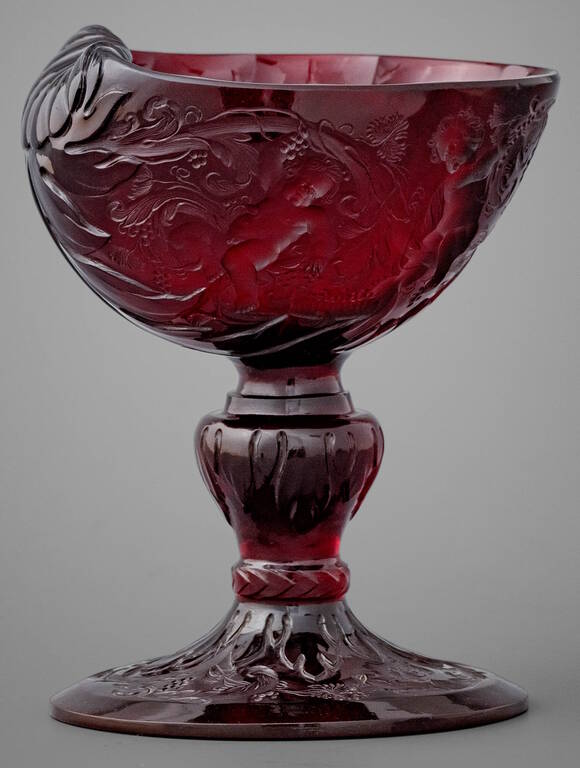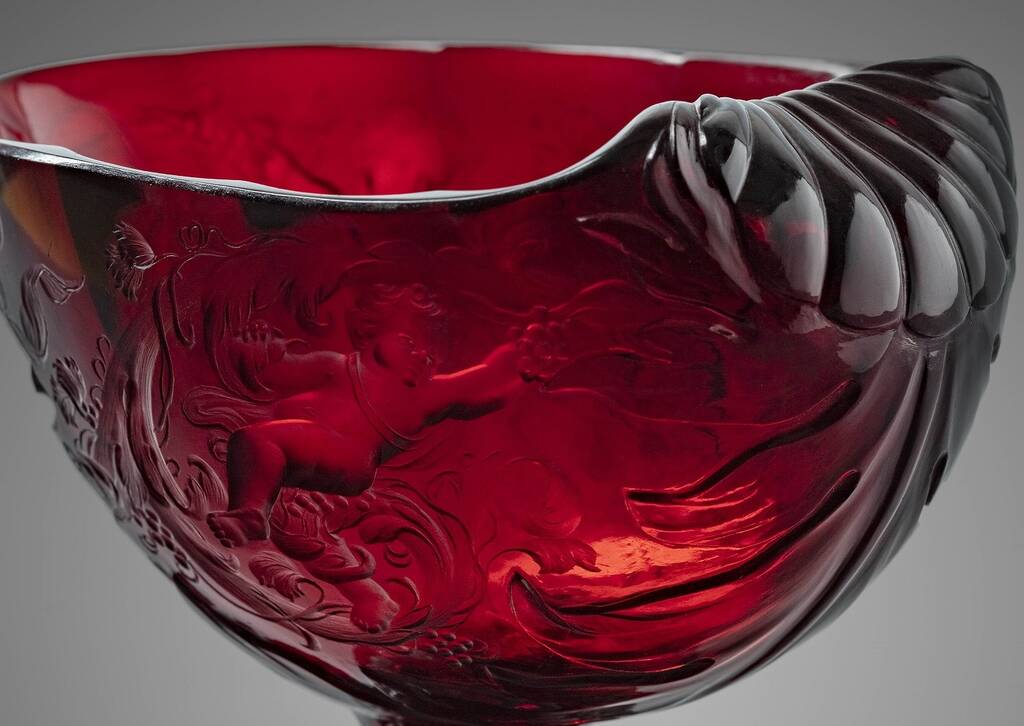
The Rijksmuseum art museum in Amsterdam has a new unique exhibit - a bowl made by the 17th-century German alchemist and glass blower Johann Kunkel. The item is made of golden ruby, a bright red glass invented by Kunkel himself. The bowl dates back to 1685, when the craftsman worked at the court of Frederick William I, King of Prussia. There are several dozen pieces of this material from that period that Kunkel created, each of which is unique in its shape and engraving.

A scene is depicted on the bowl: putti (putius) frolic among the vines - little boys who are found in the works of the Renaissance, Baroque and Rococo. The author of the images may have been Gottfried Spiller, who engraved designs on several red bowls.

Since ancient times, it has been known that the addition of gold gives the glass a red tint. The German researcher Andreas Libavius experimented with the material in the 16th century, the Italian alchemist Antonio Neri mentioned red glass, but there are no recipes for its manufacture in the written sources of those times. Only Kunkel, relying on the knowledge of his predecessors, achieved an ideal result by combining the necessary components.

Ruby Kunkel glass was considered a precious material and was very fashionable at the end of the 17th century. European kings and nobles bought ruby glass objects, competed with each other, trying to choose the most sophisticated masterpieces. And King Charles XI of Sweden went even further: he lured Kunkel to him, giving him a title of nobility. After the death of the master in 1703, interest in ruby glass gradually subsided.
Amazing works of masters of the past are also found on Violity. See for yourself in the "Ceramics, Porcelain, Glass" section.
